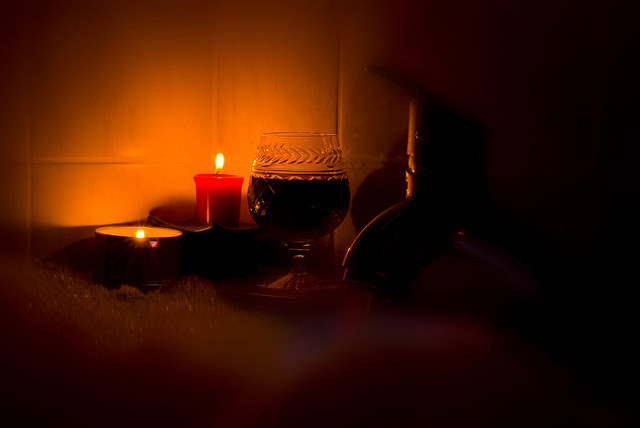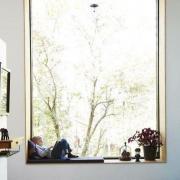Effects of Interior Design on Wellness
It is well known that a well-designed space induces feelings of well-being whilst a space that is poorly conceived and designed adversely affects not only our emotional but physical well-being. And recent studies have cemented this knowledge by quantifying how interior design affects the well-being of those who use the space.
Noisy environments affect inhabitants’ peace of mind and can cause anxiety and confusion while poorly designed layouts that are clumsy or difficult to navigate have similar effects.
A space that is designed with thought results in an atmosphere that can be restful or energising, helping the inhabitants reach a state of mind that is conducive to the activities that take place within the environment.

Medical facilities need to give mind to ensuring that patient areas allow for rest and recovery, with rehabilitation suites being designed to energise and motivate. Office buildings that fail to meet the socialisation and personal needs of staff will soon fall behind counterparts which include a lounge/eating area away from the workstations. Schools and other academic institutions with quiet areas for study soon reap the rewards of careful, thoughtful design and planning, with students achieving greater successes and maintaining lower stress levels while building self-esteem. And conversely there needs to be consideration given to privacy, with inhabitants of a space able to have privacy when needed. A lack of socialisation and/or privacy will equally lead to stress reactions in occupants.
Colour is also something that merits serious consideration, as the colours chosen for a space have a major impact on the mood and wellbeing of the inhabitants. Soothing, warm colours aid restful sleep, healing and meditation, while cooler, more active colours wake the senses and demand action. An incorrect colour choice can make an otherwise restful bedroom impossible to sleep in or cause drowsiness in an environment which demands action.
Consideration needs to be given to the correct lighting for each room. Rooms that have no natural light can cause stress if inhabited for long periods of time also have adverse effects on well-being.

Heart rate and blood pressure have been found to be affected by environment and it is vital that each space is designed to maximise its intended function. Positive stimulation in an environment will allow for the best possible use of each space, while a space that is too stimulating, in terms of lighting, colour and sound, can lead to inhabitants suffering from stress while at the opposite end of the spectrum apathy, depression and plain boredom can occur.
A well designed, thoughtfully decorated space will aid occupants achieve their aim at the same time as maximising well-being, while poor design will hinder results and result in decreased well-being.





